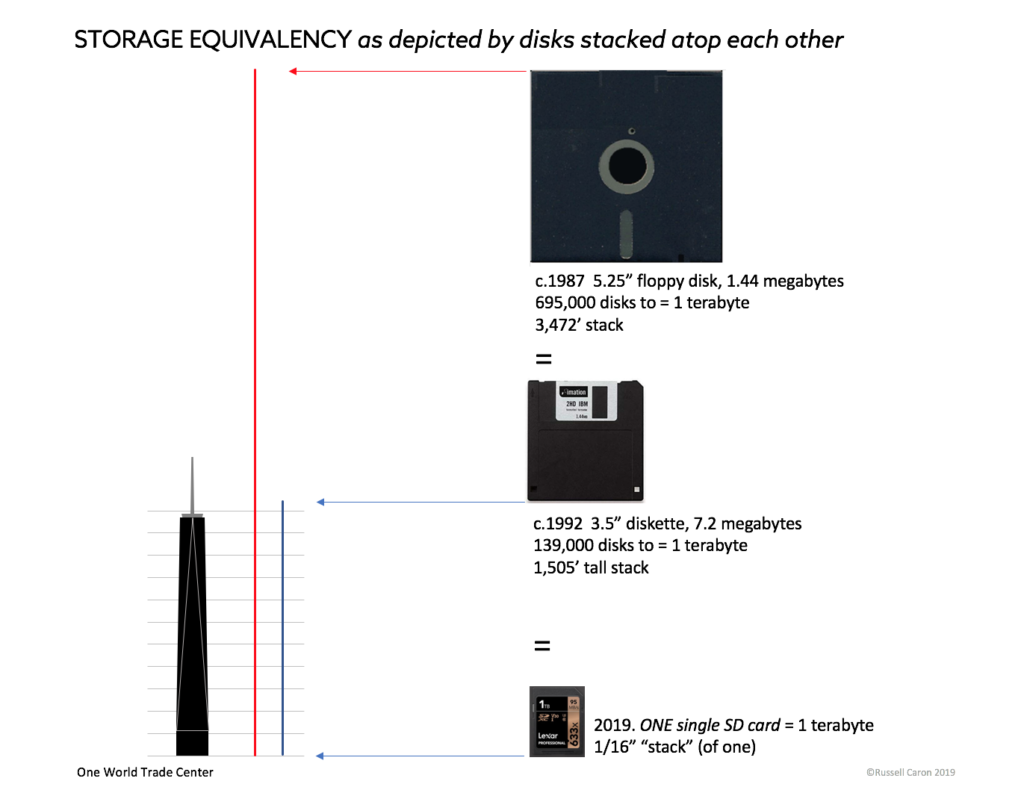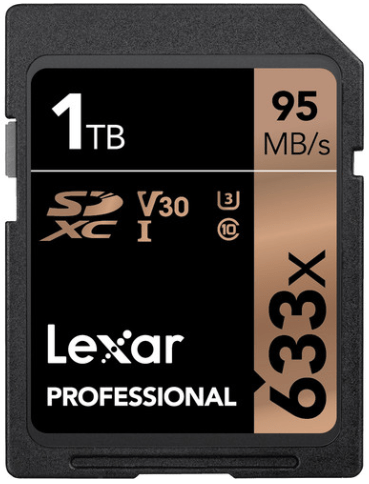Oh, How Digital Storage Has Changed! | Maine Wedding Photographer
Oh, how digital storage has changed! At the 2019 Consumer Electronics Show in Las Vegas, Lexar introduced a 1 TB (terabyte) SD memory card. This makes Lexar first to the market with this large of a capacity card, beating SanDisk, which had shown a prototype before Lexar, to the punch. It’s going to sell for around $400.

So, just how much storage is this 1 terabyte card, anyhow? It’s a LOT!
Size: both digital storage and physically
Keep in mind that an SD card is about 1.5″ tall by under 1″ wide. And about 1/16″ thick. That’s TINY for massive storage. I’m guessing here, but this is likely several orders of magnitude more data capacity than, say, that used in the 1969 NASA moon landing mission.
One terabyte is 1,000 gigabytes. One gigabyte is 1,000 megabytes. One megabyte is 1,000 kilobytes. To put this into perspective, one image in raw file format with our Canon 5D Mk IV cameras is ~30 megabytes. This one card could then hold ~33,000 or more raw format digital image files from a state-of-the-art camera.
Not that anyone would necessarily want to do that. But for the sake of digesting the scale of the magnitude of this card, it sure puts things into perspective.

It’s not about cost savings
Nor would anyone want this for cost savings, because, well, that’s not the case either. You can get the same amount of storage in two 512GB cards (@~$100 ea) for half the overall cost.
Yet, there will be applications where the mere notion of a card double the size of anything previous to it could be a real game-changer. One application that comes to mind is a case of a remote time-lapse camera. If under the old maximum the camera could shoot for, say, a month using a 512GB card, this card will (your get it) give you TWO months before it would need to be changed.
Of course, pundits will point out that should that card fail or corrupt, it’ll be that much more lost. That will always be the risk, albeit in these days a much lower one than perhaps the case in the past. That was said when the first 16GB card was released, doubling the size of the not-all-that-long-ago standard 8GB cards. Which the new 1TB card is of 125 times greater capacity!
Not that long ago…
It’s funny. In my desk drawer I have from who-knows-how-far-back (guessing about 14 years ago?) a brand-new, still-wrapped 16 megabyte SD card. Probably considered decent size in its day. It came with an early Canon digital point-and-shoot camera. The SD card is physically the same, of course, as the 1TB card that’s the subject of this article, but not only is it only 1/62,500th the capacity, filling the entire card could only hold one-half of ONE raw file from the Canon 5D Mk IV. taken with the same camera that could fit over 33,000 images
Oh yes, we HAVE come quite the long way in the digital storage world!
